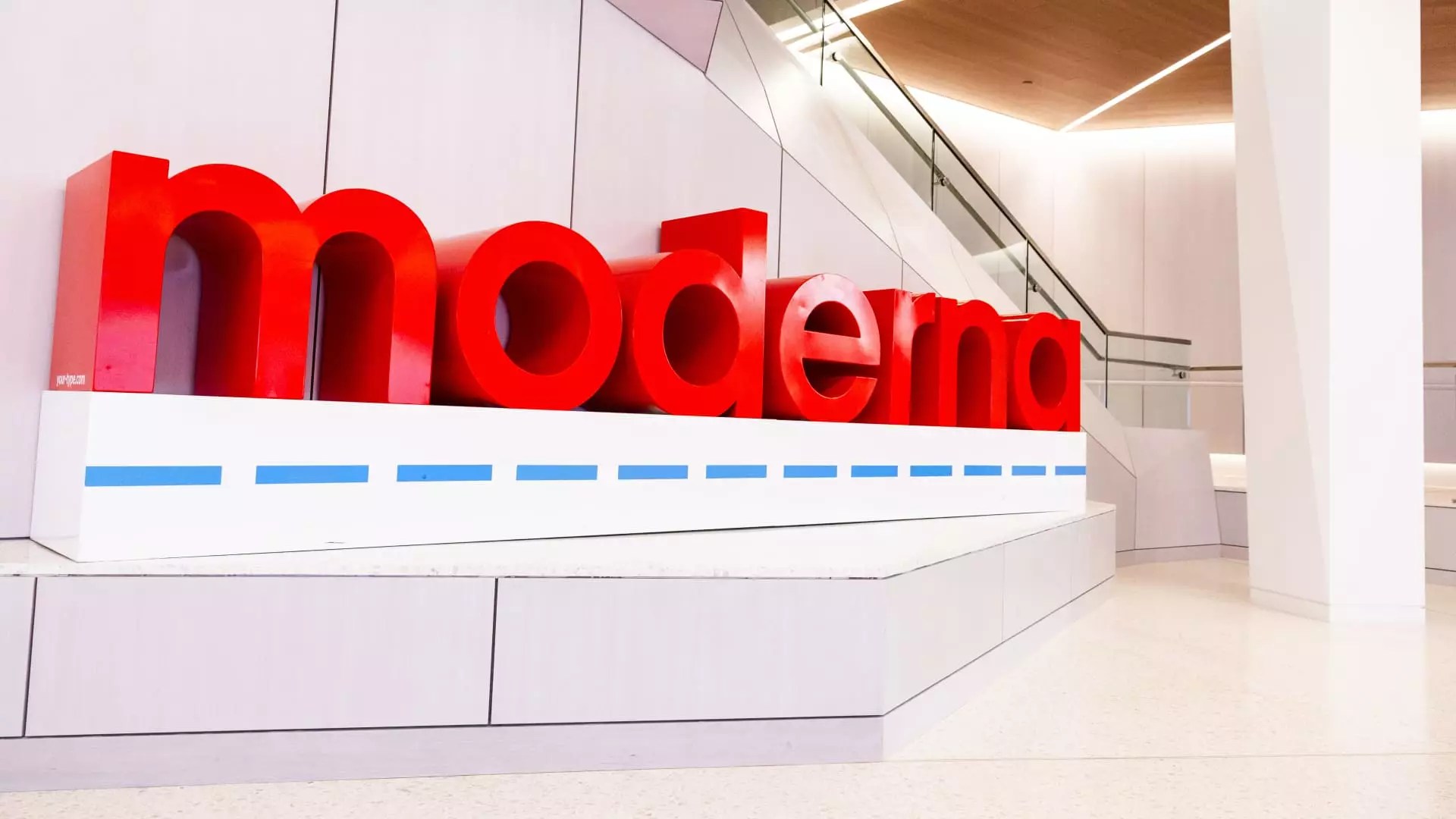Moderna, a leading biotech company, recently reported second-quarter revenue that exceeded expectations. However, they had to lower their full-year sales guidance due to various challenges in the market. One of the main reasons cited for the reduction in revenue projections was the lower expected sales in Europe. This, coupled with a “competitive environment” for respiratory vaccines in the U.S., and the potential for deferred international revenue until 2025, has led to Moderna cutting their 2024 product revenue forecast to a range of $3 billion to $3.5 billion, down from the initial guidance of $4 billion.
Intense Competition in the Market
Moderna’s CEO, Stephane Bancel, acknowledged the increased competition the company is facing in the vaccine market. This includes competition for both respiratory syncytial virus (RSV) and Covid vaccines. With the approval and rollout of mRESVIA, Moderna’s second commercially available product, the company is facing challenges with other established players in the market, such as Pfizer and GSK. The intense discussions with governments across Europe to secure Covid vaccine supply further highlight the competitive landscape Moderna is navigating.
In the second quarter, Moderna reported revenue of $241 million, with a significant decline in product sales from its Covid shot compared to the same period last year. The company attributed part of this revenue decline to the expected shift towards a seasonal Covid vaccine market. Despite this, Moderna experienced growth in the U.S. spring season for senior citizens receiving additional doses of Covid shots. The company posted a net loss of $1.28 billion for the quarter, demonstrating the financial challenges they are currently facing.
Cost Management and Expenses
To combat the revenue challenges, Moderna has been focusing on cost management and efficiency. The company reported a decrease in the cost of sales by 84% compared to the previous year, which included write-downs of unused Covid vaccine doses and charges related to restructuring manufacturing operations. Research and development expenses increased by 6% in the second quarter, primarily driven by personnel costs. On the other hand, selling, general, and administrative expenses decreased by 19% compared to the same period last year.
Despite the current struggles with revenue and competition, Moderna remains optimistic about its future prospects. The company expects to return to sales growth in 2025 and break even by 2026 with the launch of new products. Investor sentiment around Moderna’s pipeline and messenger RNA platform remains positive, leading to a nearly 20% increase in its shares this year. With 45 products in development and innovative approaches to vaccine development, such as a combination shot targeting Covid and the flu, Moderna is poised for future success.
Moderna faces significant challenges in the current market environment, including decreased revenue projections, tough competition, and financial losses. However, the company’s strategic cost management efforts, coupled with promising developments in its product pipeline, provide a glimmer of hope for its future success.Navigating the competitive landscape and adapting to changing market dynamics will be crucial for Moderna to regain its position as a leader in the biotech industry.


Leave a Reply